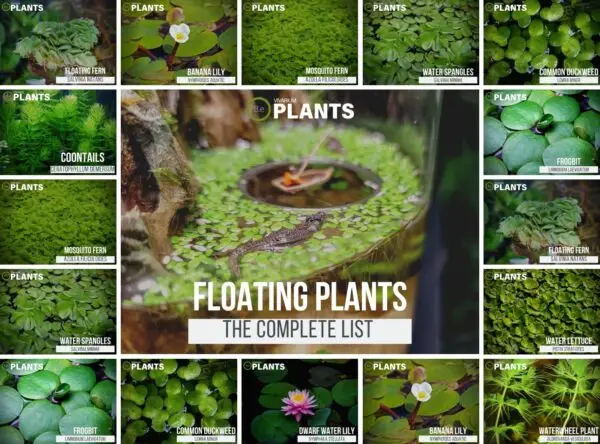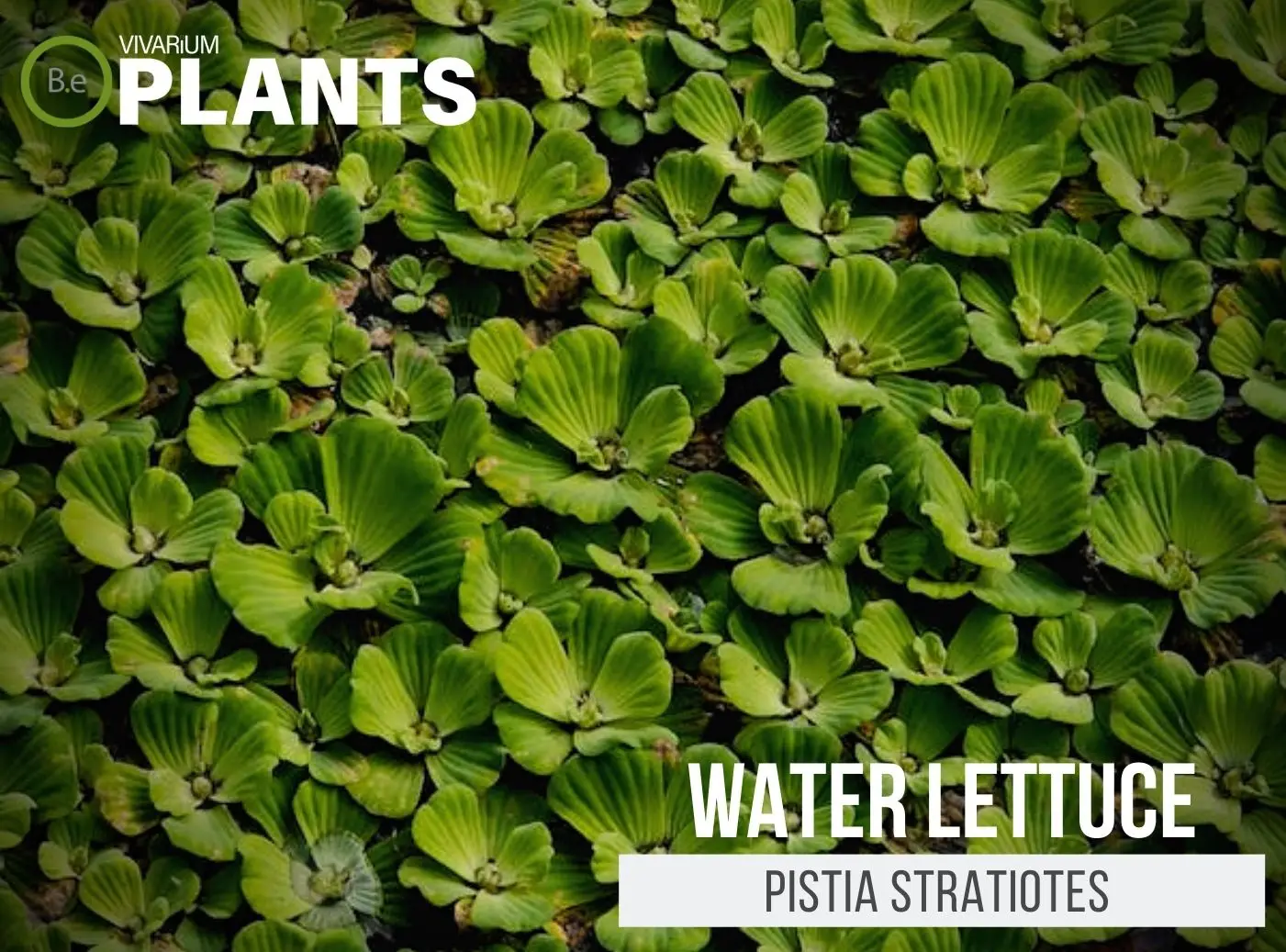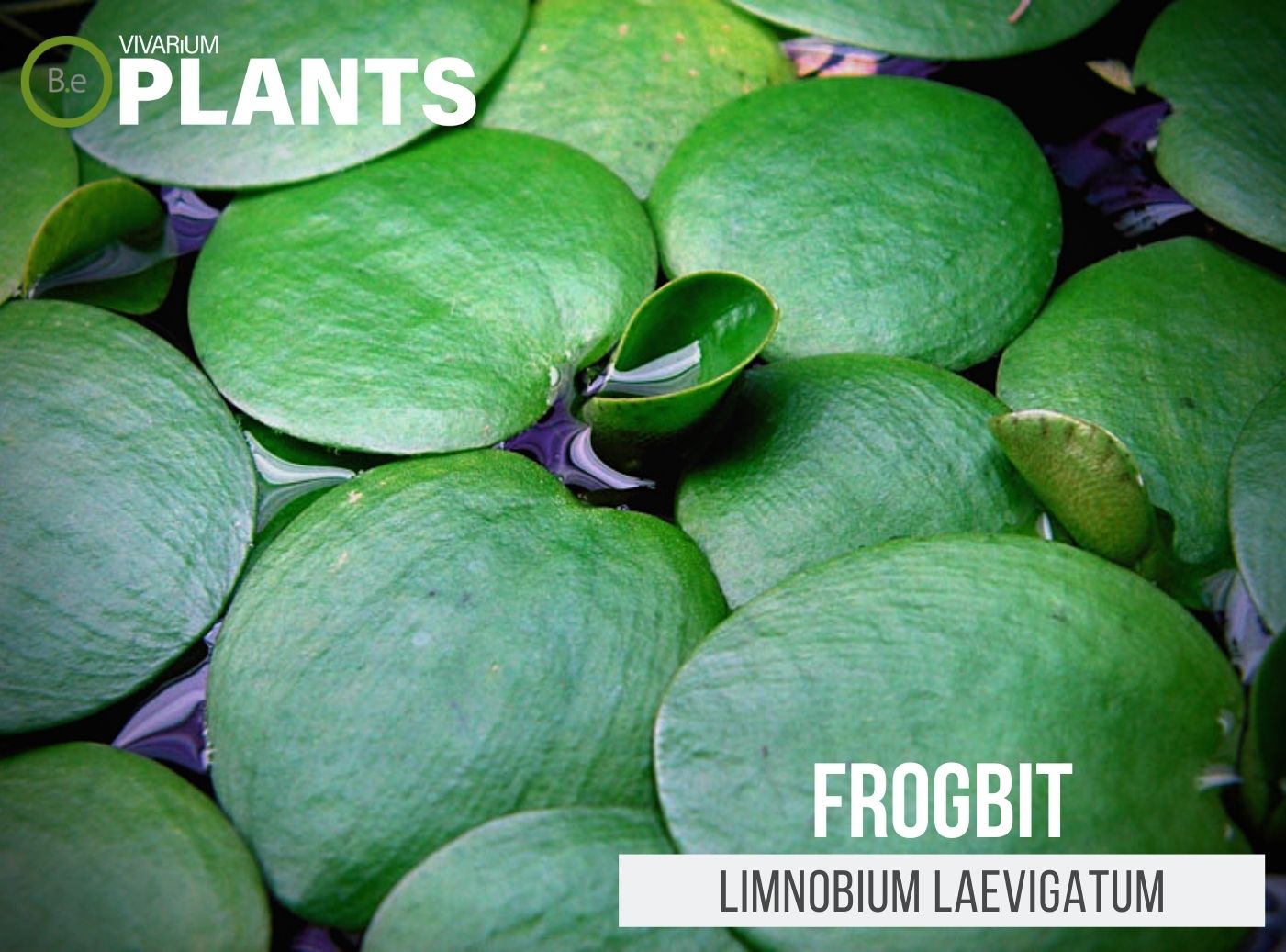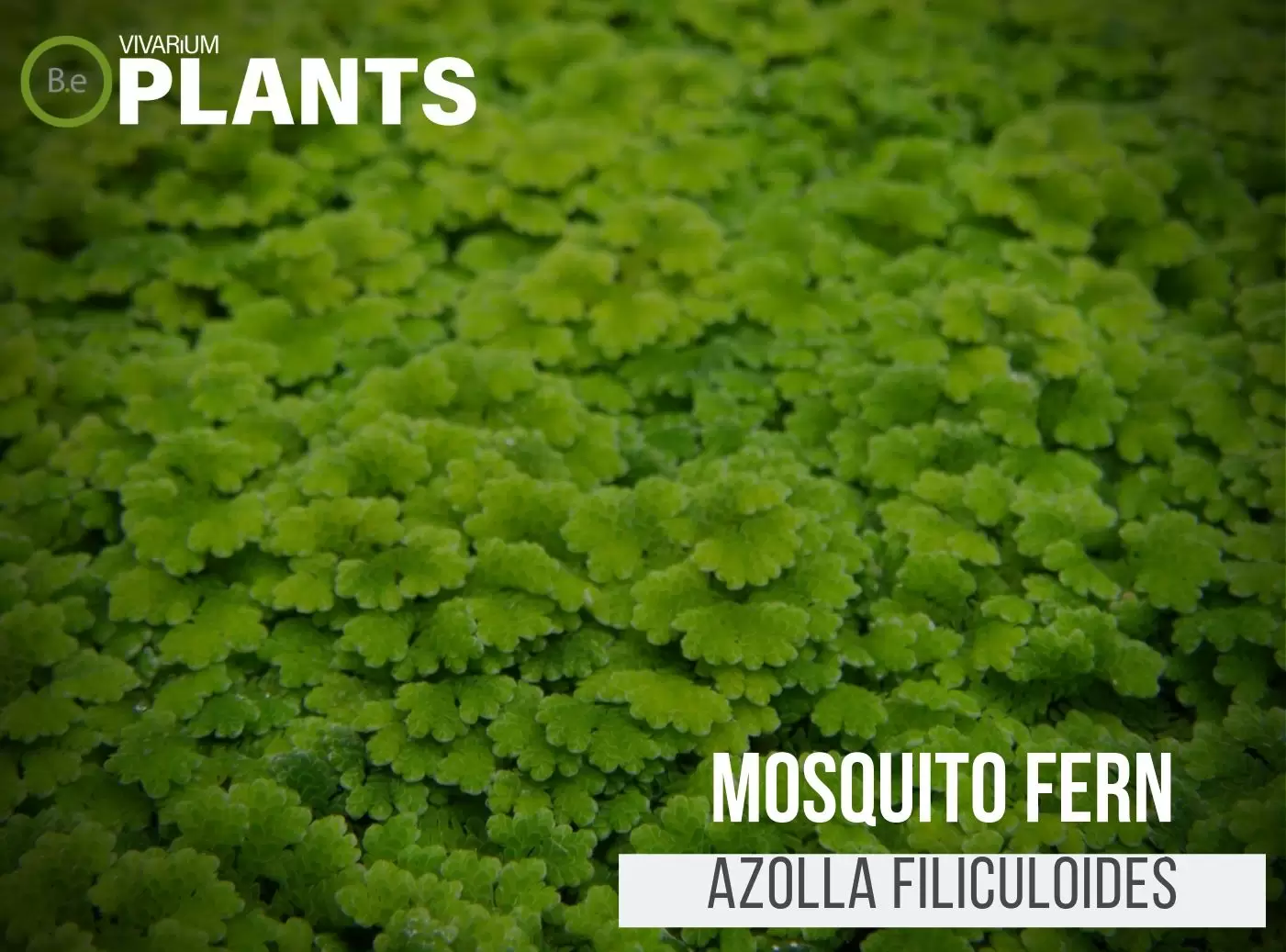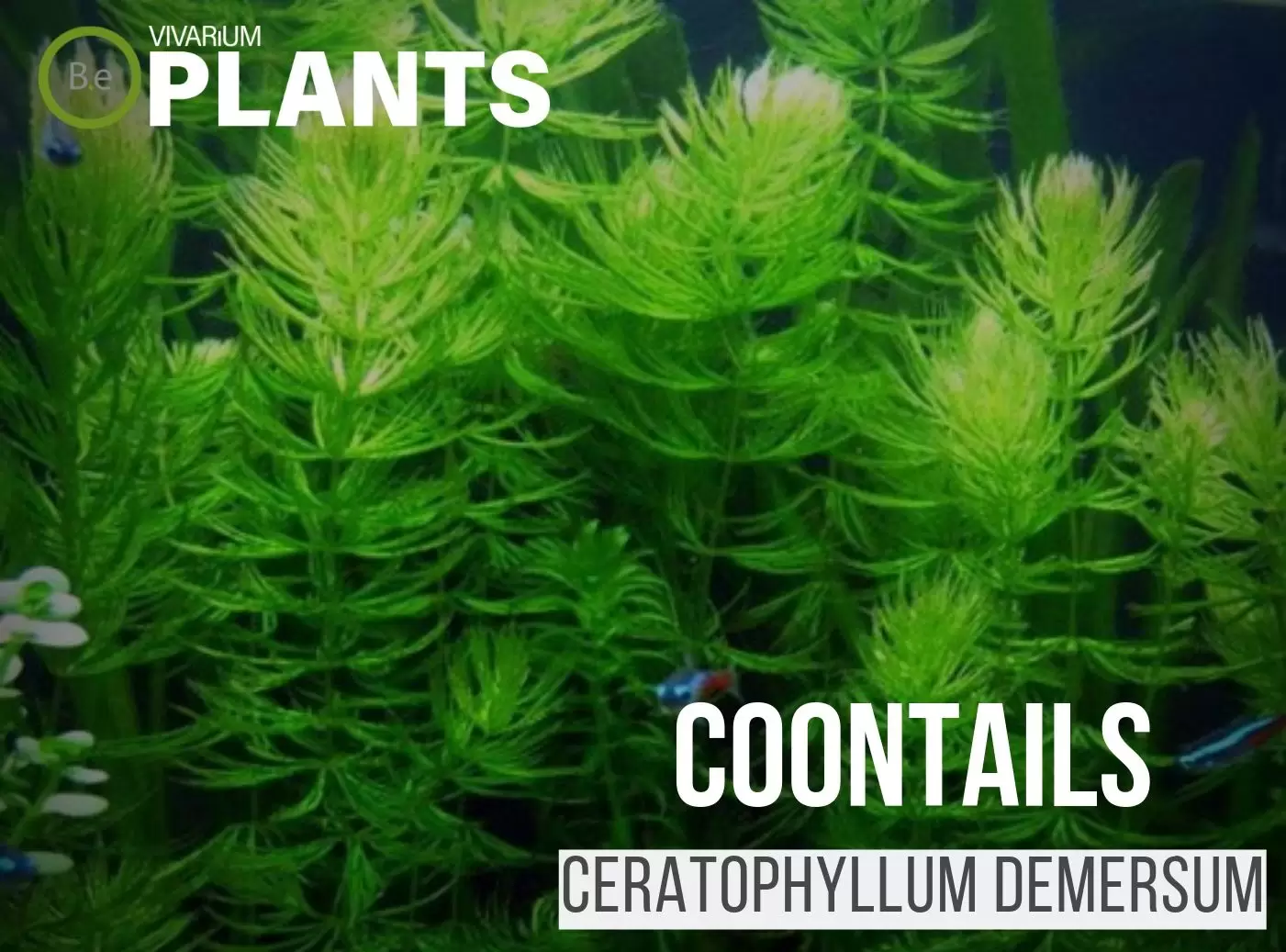If you’re looking to add a bit of natural beauty to your aquarium, consider floating aquarium plants!
These easy-to-care-for aquatic plants offer a variety of benefits, such as natural filtration and the reduction of algae growth.
In this guide, we’ll explore different types of floating aquarium plants, how to choose the right one, and how to properly care for them. Let’s dive in!
Table Of Contents:
ToggleBenefits of Floating Aquarium Plants
Floating aquarium plants are beneficial for aquarists of all levels.
Not only do they create beautiful and natural-looking habitats, but they also act as natural filtration systems, help reduce algae growth, and provide shade and shelter for fish.
They also offer a form of sanctuary for territorial or shy fish.
Create Natural Looking Habitats
Floating aquarium plants create a beautiful, natural-looking habitat for your fish and other aquatic life.
By creating natural niches and hiding places, these plants can help your fish to feel more secure and thrive in their environment.
They’re also great for adding an appreciation for nature to your aquarium, as the delicate beauty of the plants can captivate and inspire.
All in all, floating plants are a great way to create a natural-looking aquarium!
Natural Filtration System
Floating aquarium plants are an effective way to provide natural filtration to your tank.
These plants absorb nutrients from the water, reducing the concentrations of nitrogen compounds, phosphates, and nitrates, as well as heavy metals and organic pollutants.
This not only benefits the water quality directly but also prevents the growth of algae since they don’t have the needed nutrients to thrive.
Reduction Of Algae Growth
Floating aquarium plants help reduce algae growth by competing with algae for nutrients in the water.
They consume dissolved nitrates and phosphates, which can prevent algae from gaining a foothold in the aquarium.
Additionally, they play an important role in shading the water, allowing fish to hide from the rays of the aquarium light, reducing the intensity of the light that leads to algae blooms.
Provide Shade For Fish
Floating aquarium plants provide much-needed shade for fish who need to rest or escape from the light.
These plants can create shelter from the direct light in the aquarium, which can be beneficial for fish who have sensitive eyes or fish who are overly exposed to bright light.
Floating plants can also help reduce stress and increase the comfort of fish by providing an area for them to hide or retreat if needed.
Best Types of Floating Aquarium Plants
The best types of floating aquarium plants will depend on your overall vision for your aquatic setup.
They come in a large array of sizes, shapes, and colors.
I recommend starting with a list of plants you can verify will be safe for the inhabitants within the tank.
Once you have that, narrow down the selection with the sizes that work best for that enclosure.
Here’s a list of the best types of floating aquarium plants.
Water Lettuce (Pistia stratiotes)
Water Lettuce, or Pistia stratiotes, is a floating aquarium plant with light green, ruffled leaves.
It grows in rosette-like clusters and can reach up to 8 inches in diameter.
The underside of its leaves is light purple and is usually covered with small roots.
When it comes to habitat requirements, the plant prefers low to moderate lighting, medium to low temperatures, and low nitrate levels.
What makes it unique is its ability to maintain the water quality of your tank by keeping it from becoming too hot or too acidic.
Here’s a complete guide on caring for the Water Lettuce (Pistia stratiotes).
Waterwheel Plant (Aldrovanda vesiculosa)
The Waterwheel Plant, or Aldrovanda vesiculosa, is a unique and exotic species of floating aquarium plant.
It consists of small oval-shaped leaves which grow outwards in a circular pattern, giving the plant its unique waterwheel shape.
It is stringy in texture and its leaves are green or sometimes purplish.
When exposed to the surface of the water, its roots remain underwater, allowing the plant to absorb nutrients from the tank.
This unique species serves as an ideal inhabitant in aquariums and makes for a stunning visual effect.
Here’s a complete guide on caring for the Waterwheel Plant (Aldrovanda vesiculosa).
Dwarf Water Lily (Nymphaea stellata)
The Dwarf Water Lily (Nymphaea stellata) is a stunning floating plant that is the perfect addition to any aquarium.
It has a light green leaf with tiny purple edges, and its yellow center gives it a beautiful star-like appearance.
This plant requires very little maintenance and is known to be very hardy and resilient.
The unique aspect of Nymphaea stellata is its adaptability.
Unlike many other floating water plants, it can potentially survive in almost all water temperatures.
Here’s a complete guide on caring for the Dwarf Water Lily (Nymphaea stellata).
Banana Lily (Nymphoides aquatica)
Banana Lily (Nymphoides aquatica) is a tropical floating plant that is native to Asia, Africa, and Australia.
It has white, star-shaped flowers and bright green, heart-shaped leaves.
What makes Banana Lily unique from other floating aquarium plants is its ability to flower!
These flowers are attractive to fish and can add bright, cheery colors to any aquarium.
Banana Lilies also tend to spread over time without taking up a lot of space, making them a perfect addition to any tank.
Here’s a complete guide on caring for the Banana Lily (Nymphoides aquatica).
Common Duckweed (Lemna minor)
Common Duckweed (Lemna minor) is a floating, aquatic plant that is very small and green with small leaves that look like lily pads.
It’s unique in that it grows rapidly and can quickly cover the top of an aquarium, making it a great choice for those looking for shade and coverage.
Additionally, it helps to reduce the number of nitrates in the water and provides a natural food source for smaller fish like mosquito fish.
Here’s a complete guide on caring for the Common Duckweed (Lemna minor).
Frogbit (Limnobium laevigatum)
Frogbit (Limnobium laevigatum) is a floating aquatic plant that is native to the Americas and the Caribbean.
It has a rosette-like shape and small round leaves with a soft and velvety texture.
This attractive little plant creates a bright and lively look in any aquarium.
Frogbit is known for its unique vase-like structure, often appearing as if it has been gently resting on top of the water’s surface.
Due to its quick growth, this floating aquarium plant has become a popular option as it can quickly fill in an area and provide shade for fish.
Here’s a complete guide on caring for the Frogbit (Limnobium laevigatum).
Mosquito Fern (Azolla filiculoides)
The Mosquito Fern (Azolla filiculoides) is a popular floating plant for many aquariums.
It is an emergent aquatic fern with small, soft-textured, light-green leaves that appear to float on the surface of the water.
It is a very hardy plant and can easily spread throughout the aquarium.
The unique feature of this aquatic fern is that it contains microscopic symbiotic blue-green algae which give it a distinctive brown-purple hue.
It can also tolerate a wide range of water temperatures, making it an excellent choice for any aquarium.
Here’s a complete guide on caring for the Mosquito Fern (Azolla filiculoides).
Water Spangles (Salvinia minima)
Water Spangles (Salvinia minima) are aquatic floating ferns found all over the world.
They have small, tear-shaped leaves that form a beautiful and unique rosette pattern along the surface of the water.
Unlike other floating plants, Water Spangles have small, fluttery hairs on both the upper and lower surface of the leaves that allow for more efficient oxygen and nutrient absorption.
They’re tolerant of a wide range of water parameters, making them popular in aquascapes.
Here’s a complete guide on caring for the Water Spangles (Salvinia minima).
Floating Fern (Salvinia natans)
The Floating Fern (Salvinia natans) is a popular floating aquarium plant that is native to tropical and subtropical areas of the world.
Salvinia natans form long, oval-shaped, bright green leaves with fuzzy hairs on the underside.
It grows in clusters and can reach up to 6 inches in length.
Floating ferns are unique because they are able to take in oxygen through their leaves, which is useful in tanks that are poorly oxygenated due to overcrowding.
They also provide shade and hiding places for fish.
Here’s a complete guide on caring for the Floating Fern (Salvinia natans).
Hornwort (Ceratophyllum demersum)
Hornwort (Ceratophyllum demersum) is a popular plant choice for those looking to add a floating species to their aquarium.
It is a fast-growing, airy plant with long, feather-like leaves that grow in clusters.
It provides several benefits to both the water column and fish, as it offers shade, absorbs nutrients, and helps oxygenate the water.
Hornwort is also unique in that it is capable of completely submerging and becoming an emergent species if given enough light and fertilizer.
Here’s a complete guide on caring for the Hornwort (Ceratophyllum demersum).
Tips for Choosing the Right Floating Aquarium Plant
When picking the right type of floating aquarium plant, consider the size of your tank, water chemistry, and any compatible fish.
Some fish may nibble, so make sure to research what type of plant they can handle.
Tank Size
When choosing the right type of floating aquarium plant, tank size is an essential factor to take into consideration.
This is because floating plants generally require more space because of how they spread out.
Therefore, make sure to select a plant that is not going to take over the entire aquarium.
If you have a smaller tank, consider going with a smaller type of floating plant such as Frogbit or Mosquito Fern.
In a larger tank, consider Water Lettuce, Waterwheel Plant, or Dwarf Water Lily.
Make sure to research the size and size potential of the plant to prevent overcrowding.
Water Chemistry
The water chemistry of your aquarium plays an important role in determining which type of floating plants are suitable for your tank.
The pH balance, hardness, and temperature of your water will all factor into which aquatic plants will be able to survive.
Additionally, the nutrient levels of your water will play an important role in choosing the right species of floating aquatic plants.
Common nutrients to test for are Nitrates, phosphates, and carbon dioxide.
If there are high levels of these nutrients, then the aquarium may require floating aquarium plants that can filter them out and improve the water chemistry of the tank.
Fish Suitable Plants
When looking for fish suitable plants that float for your aquarium, you’ll want to avoid any types of plants that are toxic or invasive in nature.
Be sure to use the list above to research the specific type of plants and fish before making a purchase.
Additionally, you may want to consider adding a few fast-growing types of plants to your aquarium in order to help establish a balance in your ecosystem.
This will help keep the growth of the aquarium plants in check and provide your fish with enough shade and oxygen.
How to Care for Your Floating Aquarium Plants
To keep your floating aquarium plants healthy, make sure to use good filtration, provide them with light, and keep an eye on the growth in the tank.
Regular maintenance and water changes will also help ensure the plants are healthy.
Most of these plants are quite adaptable and easy to care for.
Use Good Filtration
Using good filtration is one of the key steps to ensuring your floating aquarium plants stay healthy.
Choose a filter suited to the size and type of fish in your tank and make sure to clean it regularly.
Also, bear in mind that floating plants can clog filters, so it’s best to use filter blockers like floating plant corrals and fish portals.
This will keep the filter from becoming clogged and help your aquarium stay clean.
Monitor Maintenance & Water Change
It is of utmost importance that you monitor the maintenance and water changes of your floating aquarium plants.
Regular maintenance will help to keep the growth of your plants in check, while water changes will help to reduce the build-up of nitrates.
To keep track of water changes, set a calendar reminder or purchase a water change timer.
It is usually recommended to change 25-30% of the water every week, but this may depend on the type of plants you have.
Be sure to do your due diligence and research what is best for the plants you have in your tank.
Provide Light
Providing light is another important factor to keep in mind when caring for your floating plants.
These plants need around 8-10 hours of direct light per day in order to stay healthy.
You may find that adding an aquarium light to your setup is necessary, especially if you’re not getting enough natural light.
In any case, make sure to monitor your plants and adjust the light intensity accordingly to provide the best possible environment for your floating aquarium plants.
Keep Growth In Check
Keeping the growth of your floating aquarium plants in check is an important part of caring for them.
Many of these types of plants, such as Banana Lily, Water Lettuce, and Frogbit, can spread quickly and overtake a tank if left unchecked.
To prevent this from happening, remove any excess shoot lengths frequently; trim the roots as needed.
When necessary, completely trim the plant down until it regrows to the size you’d like.
As long as you remain vigilant, you should have no trouble keeping the aquatic plants from overwhelming your aquarium.
Conclusion
Floating aquarium plants can be a great way to add life, beauty, and natural filtration to your tank.
With some careful selection and regular care and maintenance, you can have a thriving floating aquarium garden.
One that adds essential oxygen to your water and provides natural shade for your fish.
So, if you’re looking for a way to liven up your tank, consider introducing some floating plants.
Frequently Asked Questions
Yes, floating plants are beneficial for aquariums as they provide shade, help produce oxygen, and reduce nitrate levels.
The easiest floating aquarium plant is Amazon Frogbit (Limnobium laevigatum).
Many fish species enjoy swimming among and around floating aquarium plants. These include tetras, gouramis, livebearers, betas, dwarf cichlids, angel fish, and loaches.
The best way to manage floating plants in an aquarium is to provide them with plenty of light in the top portion of the tank, reduce the water flow in the tank, and prune regularly to keep their growth in check.
Yes, floating plants do add oxygen to the water. Floating aquatic plants absorb nutrients and carbon dioxide from the surrounding water and produce oxygen through photosynthesis. This oxygen then gets released into the water, increasing the oxygen levels and making it healthier for aquatic life.
Yes, floating aquarium plants need carbon dioxide (CO2) to survive and grow in an enclosed system like an aquarium. CO2 can be supplied to a planted aquarium tank in the form of a pressurized CO2 system, a pharmaceutical grade CO2 system, liquid CO2, or diffused CO2. But in most cases, these plants will receive them naturally from the air once they reach the surface.
Yes, floating plants can help with algae growth. Floating plants shade the water, providing relief for other submerged aquatic plants. As a result, fast–growing aquatic plants help block the sunlight that algae need to grow. Floating vegetation can also help absorb excess nutrients, decreasing the amount available for algae growth.
Yes, floating plants can help to reduce the number of algae in an aquarium. They absorb the nutrients in the water, which helps to prevent algae growth.
Yes, floating plants can clean water. Floating aquatic vegetation such as duckweed and water lilies act as natural filtration systems, removing excess nutrients and cleaning the water. These plants can also help to decrease algae and phosphates, leading to clearer and healthier water. Additionally, floating plants provide cover for fish, insects, and other aquatic life.
No, floating plants do not need soil. They are able to survive and derive their nutrients from the water they are immersed in.
Yes, floating plants can multiply, reproducing through several different methods such as stem cuttings, seed dispersal, adventitious plantlets, and fragmentation. They can also be propagated through the production of rhizomes, tubers, and runners.
Yes, floating plants can help to reduce ammonia levels in a fish tank. They absorb nitrates and use them as a nutrient, which helps to prevent ammonia build–up. Live floating aquatic plants, such as frogbit and duvet, take in ammonia and organic waste, and convert them into oxygen, helping to improve water quality in the tank.
Most aquatic plants require 6–8 hours of light per day to grow and thrive.
